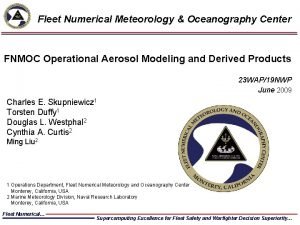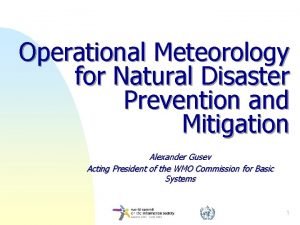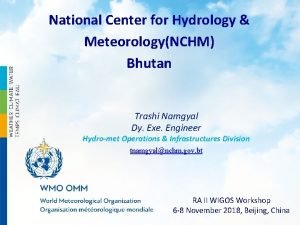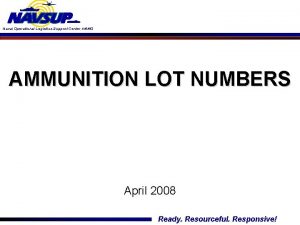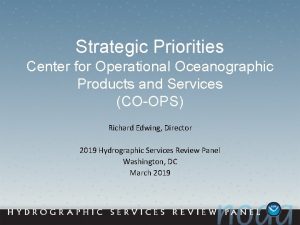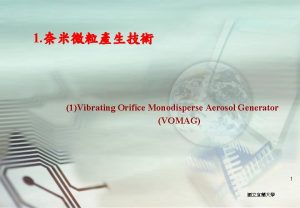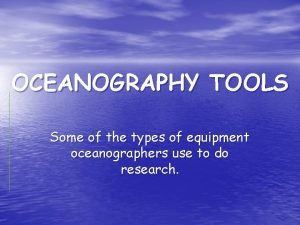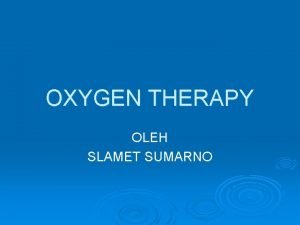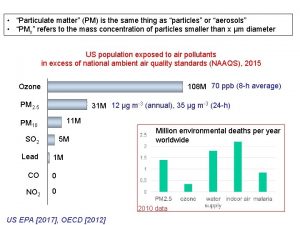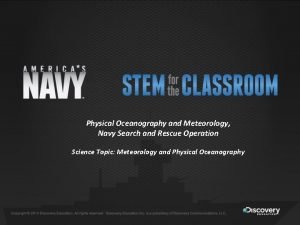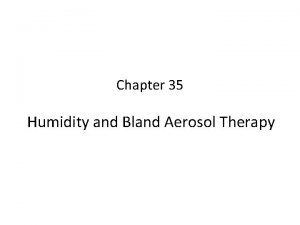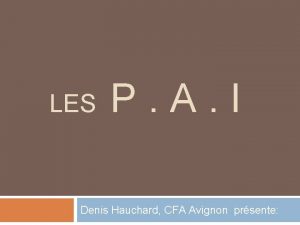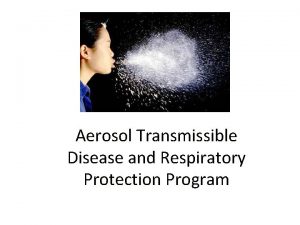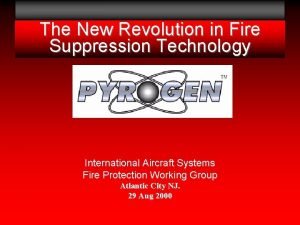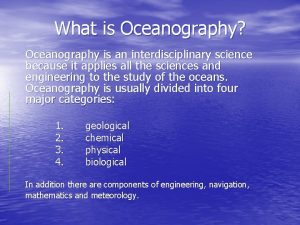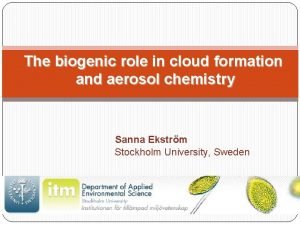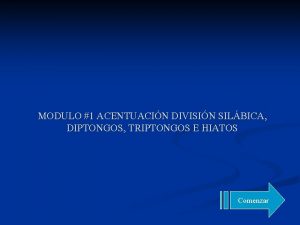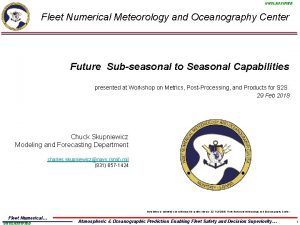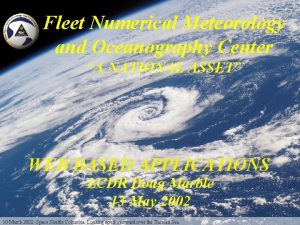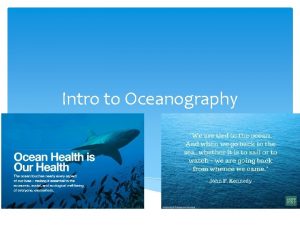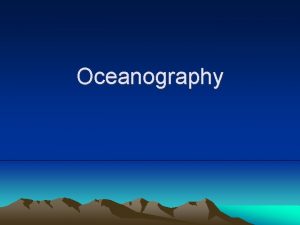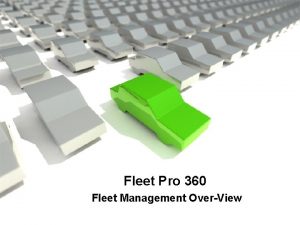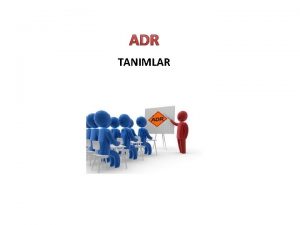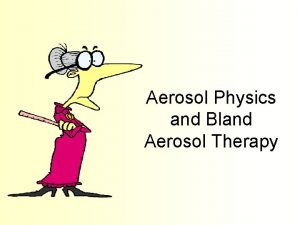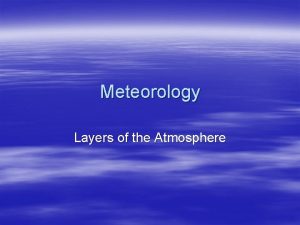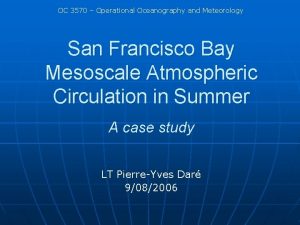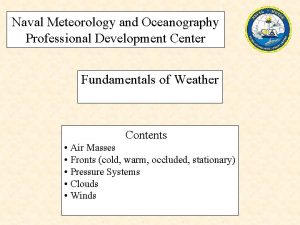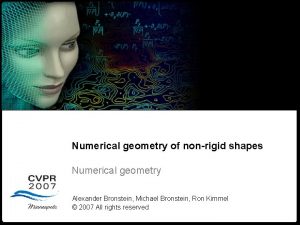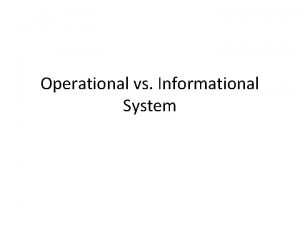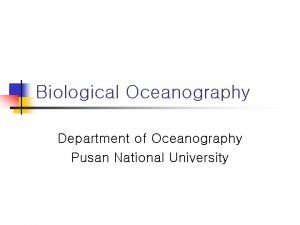Fleet Numerical Meteorology Oceanography Center FNMOC Operational Aerosol



















- Slides: 19

Fleet Numerical Meteorology & Oceanography Center FNMOC Operational Aerosol Modeling and Derived Products 23 WAP/19 NWP June 2009 Charles E. Skupniewicz 1 Torsten Duffy 1 Douglas L. Westphal 2 Cynthia A. Curtis 2 Ming Liu 2 1 Operations Department, Fleet Numerical Meteorology and Oceanography Center Monterey, California, USA 2 Marine Meteorology Division, Naval Research Laboratory Monterey, California, USA Fleet Numerical… Supercomputing Excellence for Fleet Safety and Warfighter Decision Superiority…

FNMOC Models and Applications Ocean Acoustic Forecasting Aircraft Routing Visibility/Dust Forecasts Automated High Seas / Wind Warnings Aerosol Models Optimum Track Ship Routing Target Weapon Systems Ocean Models Global Model Electro-Optical Forecasts Mesoscale Models Search and Rescue Ice Forecasts CEEMS Ensemble Models Tropical Cyclone Forecasts Fleet Numerical… Ballistic Wind Computations Long-Range Planning WRIP Supercomputing Excellence for Fleet Safety and Warfighter Decision Superiority… 2

Impact of Aerosol Plumes on Navy Activities Chinese Dust and Korean Smoke, 8 April, 2000 Korea Fleet Numerical… Supercomputing Excellence for Fleet Safety and Warfighter Decision Superiority…

Navy Aerosol Modeling: Different Goals / Different Approaches Climate Approach: Utilize first principles • Concerned with climate change and drift • Low-resolution weather • Theoretically based • Trace gasses, chemistry • Aerosol direct, indirect, and semi-direct effects • Produce monthly or seasonal averages of column integrated properties, e. g. AOD • Derive sensitivities Navy Forecasting Approach: Pragmatic • Concerned with onset and cessation of events • High-resolution weather • More diagnostic and empirically based • Aerosol direct effects • Produce instantaneous forecasts of visibility • Surface-centric Fleet Numerical… Supercomputing Excellence for Fleet Safety and Warfighter Decision Superiority…

Navy Aerosol Forecasting Approach - Predict events as weather phenomena emphasizing sources and transport - Simulate aerosols that impact visibility: dust smoke sea salt sulfate - Develop operational capability (practical) - Utilize real-time data streams - Use nested models to cover the large range of scales Fleet Numerical… Supercomputing Excellence for Fleet Safety and Warfighter Decision Superiority…

NAAPS: Navy Aerosol Analysis and Prediction System Purpose: Forecasts aerosol concentrations Status: Input: Species: Units: Horizontal resolution: Operational, 4 X day NOGAPS, dust source DB, FLAMBE (smoke), MODIS Aerosol Optical Depth (AOD) Dust, Smoke, Sulfate, SO 2, Sea salt Mass concentration 1 degree, 360 X 180 grid Vertical resolution: 20 m, 200 m inc. to 2 km, 1 km inc. to 16 km Output Filter: FAROP (Forecast of Aerosol Radiative and Optical Properties) Output: Visibility, AOD, extinction, scattering, asymmetry parameter, phase function, species partition for extinction Distribution: Ocean data analysis (SST), tactical decision aids, forecaster web products, customer download (GRIB) 2007, Witek, M. L. , P. J. Flatau, P. K. Quinn, and D. L. Westphal, Global sea-salt modeling: Results and validation against multicampaign shipboard measurements, J. Geophys. Res. , 112, D 08215, doi: 10. 1029/2006 JD 007779. Fleet Numerical… Supercomputing Excellence for Fleet Safety and Warfighter Decision Superiority…

FLAMBE: Fire Locating and Modeling of Burning Emissions Purpose: Determine real-time smoke fluxes Input: GOES, MODIS Output: Fire parameters: Location (lat, lon) Smoke flux, g m -2 s -1 Horizontal res. : GOES: 4 km; MODIS: 1 km Temporal res. : GOES: 30 min. , MODIS: 2 X Day 6 May, 2003 Next step: use foreign geostationary satellites MODIS Fires, 3 May , 2003 Smoke Flux, 3 May, 2003 Fire detections for 2006092012 2004, Reid, J. S. , E. M. Prins, D. L. Westphal, C. C. Schmidt, K. A. Richardson, S. A. Christopher, T. F. Eck, E. A. Reid, C. A. Curtis, and J. P. Hoffman: Real-time monitoring of South American smoke particle emissions and transport using a coupled remote sensing/boxmodel approach, Geophys. Res. Lett. , 31, L 06107, doi: 10. 1029/2003 GL 018845. Fleet Numerical… Supercomputing Excellence for Fleet Safety and Warfighter Decision Superiority…

Dust Source Database (DSD) Version NAAPS Area Global Data sources USGS, TOMS AI, and surface wx reports Status FY 99 FY 00 DSD v 0. 1 DSD v 1. 1 East Asia USGS, maps, reports, and sfc. wx. reports DSD including DEP FY 04 4 Q FY 09 DSD v 1. 2. 8 SW Asia DSD including DEP Updates based on field reports and DEP FY 03 FY 08 DSD v 1. 3 N. Africa DSD including DEP FY 10 DSD v 0. 1 Fleet Numerical… DSD v 1. 1 Supercomputing Excellence for Fleet Safety and Warfighter Decision Superiority…

NAVDAS-AOD: NRL Atmospheric Variational Data Assimilation System – Aerosol Optical Depth Purpose: Data assimilation for aerosol optical depth (3 -d Var) Status: Operational 3 Q 09, 4 x daily Input: NRL Level 3 MODIS Over-Ocean AOD (6 -h data window) Next step: Over-land CALIPSO Future input: NPP, NPOESS, AVHRR, Met. Op, MSG, MTSAT, AATSR, GOES-R Output: Aerosol analysis and: 3 -d distribution of four species error statistics Temporal resolution: 3 hourly Distribution: NAAPS and FAROP; web 2008, Zhang, J. S. Reid, D. L. Westphal, N. L. Baker, and E. J. Hyer, A system for operational aerosol optical depth data assimilation over global oceans, J. Geophys. Res. , 113, doi: 10. 1029/2007 JD 009065. Fleet Numerical… Supercomputing Excellence for Fleet Safety and Warfighter Decision Superiority…

Data Assimilation Methodology 1) Convert NAAPS mass concentration to aerosol optical depth r =. 83 NAAPS r =. 69 2) Two-D variational assimilation of the optical depth field MODIS 3) Convert optical depth to NAAPS three-D mass concentration (ill-posed; simple conditional scaling scheme used) Next step: 4 D-VAR Fleet Numerical… NAAPS AOD (no assimilation) NAAPS AOD (w/ assimilation) Supercomputing Excellence for Fleet Safety and Warfighter Decision Superiority…

NAAPS Validation against AERONET • (a) AERONET versus NAAPS for 5 month (January –May 2006) NAAPS without data assimilation • (b) AERONET versus NAAPS for 5 month (January–May 2006) NAAPS run with AOD assimilation 2008, Zhang, J. S. Reid, D. L. Westphal, N. L. Baker, and E. J. Hyer, A system for operational aerosol optical depth data assimilation over global oceans, J. Geophys. Res. , 113, doi: 10. 1029/2007 JD 009065. Fleet Numerical… Supercomputing Excellence for Fleet Safety and Warfighter Decision Superiority…

Current Real-Time Verification of NAAPS Optical Depth → Sede Boker, Israel, February 13 – March 4, 2007 Fleet Numerical… Supercomputing Excellence for Fleet Safety and Warfighter Decision Superiority…

FAROP: Forecast of Aerosol Radiative and Optical Properties Purpose: Status: Input: Calculates Optical Properties Operational, 4 X day NOGAPS, NAAPS Physics 1. 06 µm Extinction (1/km) 0. 012 0. 008 Extinction: Mass extinction efficiencies with RH effects for sulfate, smoke, and salt Scattering: Mass scattering efficiencies Asymmetry parameter: Measurements and theory Phase function: Heney-Greenstein function Optical depth: Vertical integral of extinction Slant path range: Contrast transmittance 0. 004 200 500 900 0. 000 0 3 6 9 12 15 Forecast Time 18 21 1000 24 27 Pressure (mb) Output 3 D: Column: Frequencies: visibility, extinction (km-1), scattering (km-1), asymmetry parameter, phase function, species partition for extinction on pressure/flight levels AOD (visible) for each species 19 wavelengths, 5 bands in UV, Vis, NIR, MWR and IR Work in progress: performance surfaces - slant path visual range (nm) Fleet Numerical… Supercomputing Excellence for Fleet Safety and Warfighter Decision Superiority…

NAAPS Forecast Example February 2007 Optical Depth 14 Fleet Numerical… Supercomputing Excellence for Fleet Safety and Warfighter Decision Superiority…

Surface Visibility Example Fleet Numerical… Supercomputing Excellence for Fleet Safety and Warfighter Decision Superiority…

MCSST Screening with NAAPS Fleet Numerical… Supercomputing Excellence for Fleet Safety and Warfighter Decision Superiority…

Tactical Mission Support Detection Ranges / Best Attack Axis ( FOVs) Extinction, scattering, asymmetry parameter, phase function, species partitioning used to calculate slant path transmissivity, as a function of - Altitude /Sensor/Target - Field Of View - Probability of Detection Thermal Crossover Times / Polarity (for multiple targets) Uses realistic target models and backgrounds Fleet Numerical… Supercomputing Excellence for Fleet Safety and Warfighter Decision Superiority…

Regional Model (COAMPS) Dust Example MODIS DEP 0634 UTC 10 October, 2001 COAMPS 31 -h forecast of dust mass load (µg m-2) 0700 UTC 10 October, 2001 DSD allows prediction of individual plumes Fleet Numerical… Supercomputing Excellence for Fleet Safety and Warfighter Decision Superiority…

FNMOC Operational Aerosol Modeling and Derived Products Questions? Fleet Numerical… Supercomputing Excellence for Fleet Safety and Warfighter Decision Superiority…
 Fnmoc meteorology products
Fnmoc meteorology products Operational meteorology
Operational meteorology Nchm bhutan
Nchm bhutan Ammo lot number
Ammo lot number Center for operational oceanographic products and services
Center for operational oceanographic products and services Vibrating orifice aerosol generator
Vibrating orifice aerosol generator Tools used in oceanography
Tools used in oceanography Humidifikasi hidung adalah
Humidifikasi hidung adalah Aerosol
Aerosol Immib onay masasi
Immib onay masasi Copyright search
Copyright search Humidity therapy
Humidity therapy Cfa+recyclage aerosol
Cfa+recyclage aerosol Aerosol transmissible disease training ppt
Aerosol transmissible disease training ppt Pyrogen fire suppression
Pyrogen fire suppression Why is oceanography considered an interdisciplinary science
Why is oceanography considered an interdisciplinary science Lomudal aerosol
Lomudal aerosol Chemistry oceanography
Chemistry oceanography Aerosol sampling
Aerosol sampling Palabras con triptongo
Palabras con triptongo
